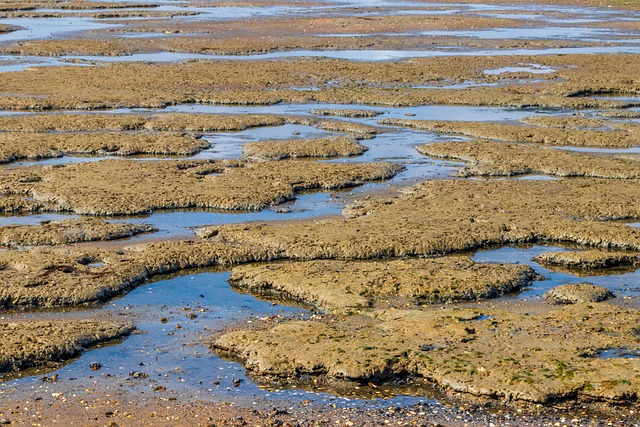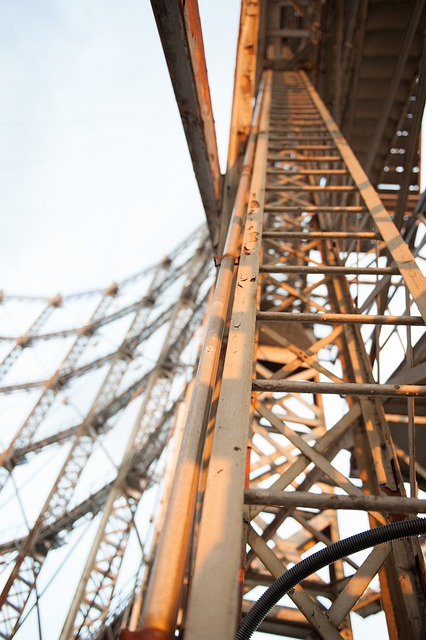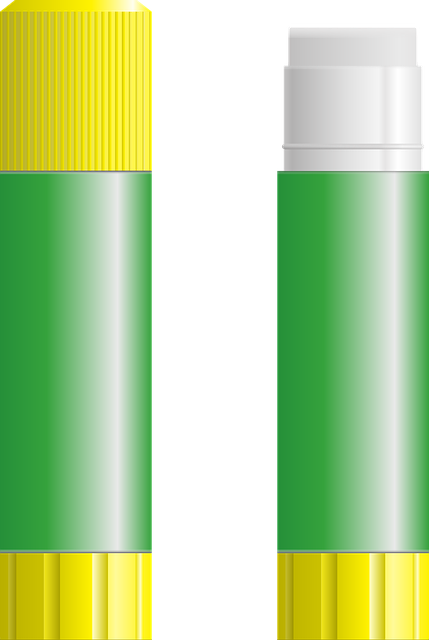Low water pressure often signals plumbing issues like leaks and faulty regulators. Monitor pressure with a gauge to pinpoint problem areas for targeted troubleshooting. Regularly inspect pipes for damage and replace old ones to prevent leaks. Install high-efficiency showerheads to conserve water and enhance flow. Upgrade your water heater for consistent hot water pressure. Regularly check water pressure to maintain smooth plumbing.
Low water pressure can be a frustrating issue, but there are affordable ways to boost it. This article offers practical solutions to identify and address common causes, from old or leaking pipes to inefficient fixtures and heaters. By implementing these simple yet effective fixes, you can significantly improve your home’s water flow without breaking the bank. Discover how to turn that weak spray into a powerful force.
- Identify Common Causes of Low Water Pressure
- Check and Replace Old or Leaking Pipes
- Install a High-Efficiency Showerhead
- Upgrade Your Water Heater for Better Flow
Identify Common Causes of Low Water Pressure

Low water pressure can be frustrating and often indicates there’s an issue with your plumbing system. Identifying common causes is the first step to fixing the problem effectively. One of the most frequent reasons for low water pressure is a leak in your pipes, which can significantly reduce water flow. This could be due to worn-out fixtures, corroded pipes, or damaged valves. Another factor to consider is the age and condition of your water pressure regulator; if it’s not functioning correctly, it may prevent water from reaching its full potential pressure.
Additionally, identifying water leak causes is essential as leaks can lead to substantial water waste and even higher bills. Installing a new water pressure gauge can help you monitor pressure levels and temporarily increase water pressure by adjusting the regulator settings. This simple fix allows you to see if specific areas of your home have lower pressure and pinpoint potential problem spots more effectively.
Check and Replace Old or Leaking Pipes

One of the most common causes of low water pressure is aging or damaged pipes. Over time, pipes can corrode, rust, or simply wear out, leading to leaks and reduced water flow. If you’re dealing with a low water pressure fix, start by inspecting your plumbing system for any visible signs of damage or corrosion. Old pipes may need to be replaced entirely, while leaking joints can often be repaired or tightened. Regular maintenance checks can help prevent these issues from escalating, ensuring optimal water pressure in your home.
Understanding water pressure issues is key when troubleshooting low water pressure. After checking and potentially replacing old pipes, the next step is to test your water pressure using a pressure gauge. This simple tool allows you to measure the force of your water supply, helping you identify if the problem lies with your pipes or other factors. By addressing pipe-related issues early on, you can effectively solve low water pressure fix problems and restore efficient water flow throughout your home.
Install a High-Efficiency Showerhead

One of the simplest and most effective ways to address low water pressure at home is by installing a high-efficiency showerhead. These showerheads are designed to reduce water consumption while still providing powerful spray, thereby boosting pressure. High-efficiency models use aeration technology to mix air with water, creating a fuller, more satisfying flow without wasting water—a win for both your wallet and the environment.
Choosing the right showerhead can be as simple as selecting one that suits your preferred flow rate and style. Many high-efficiency options are affordable and easy to install, requiring only basic tools and a few minutes of your time. By making this low water pressure fix, you not only enjoy improved shower experience but also contribute to preventing future water pressure drops, ensuring a steady stream for all your household needs—and potentially saving on your water bill in the process. Consider reaching out to an emergency plumber Bromsgrove if you require professional assistance during installation or face severe water pressure issues.
Upgrade Your Water Heater for Better Flow

Upgrading your water heater can significantly boost water pressure in your home. Older heaters often struggle to maintain adequate pressure due to reduced heating efficiency and mineral buildup. By investing in a modern, high-efficiency model, you can ensure consistent hot water flow throughout your property. This simple upgrade is an effective low water pressure fix that addresses both the source of the issue and enhances overall plumbing performance.
Additionally, installing a new water pressure gauge allows for precise monitoring of water pressure levels. This device enables you to identify any sudden drops in pressure, which could indicate problems such as leaks or blocked pipes. Regularly checking and maintaining water pressure is an essential part of preventing low water pressure causes and remedies, ensuring your home’s plumbing system runs smoothly.
Boosting water pressure doesn’t always require major plumbing renovations. By addressing common issues like old pipes, inefficient showerheads, and underperforming water heaters, you can easily and affordably fix low water pressure in your home. These simple solutions not only improve water flow but also offer long-term savings on your water bills.
